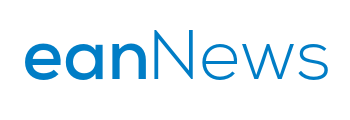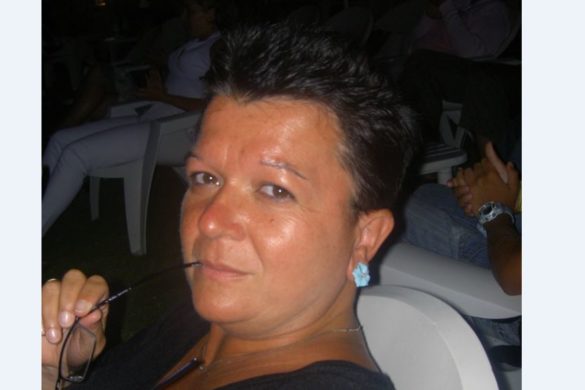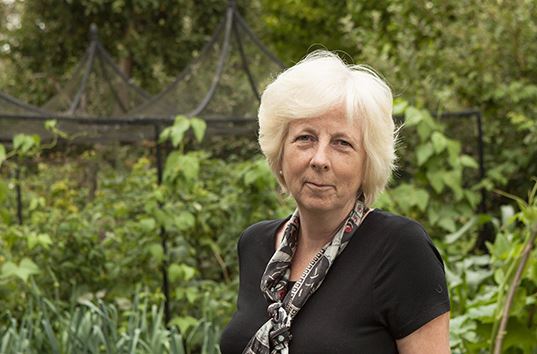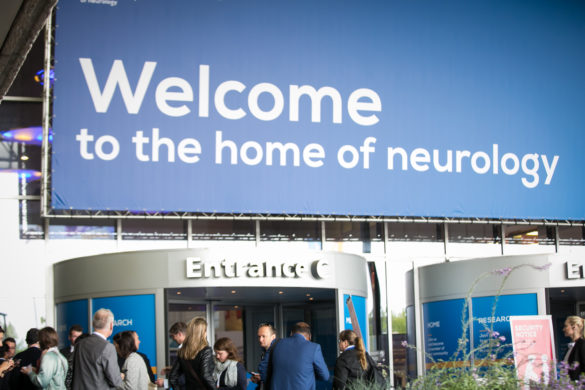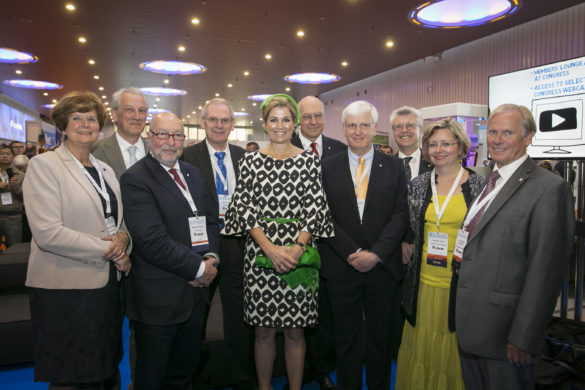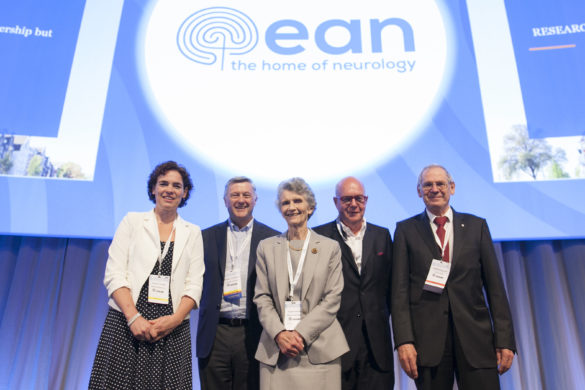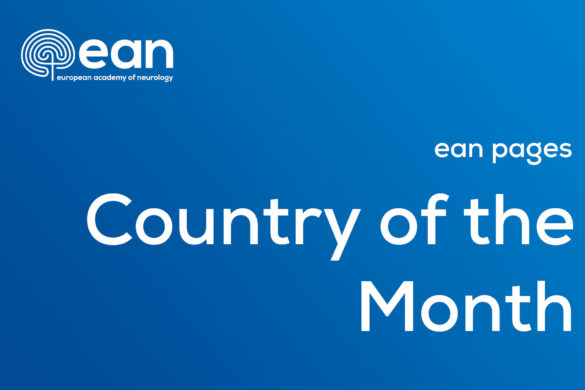Prof. Gunhild Waldemar (GW): Geriatric medicine has become very important in our fast ageing European population.I invite you to introduce the European Union Geriatric Medicine Society – EUGMS of which you are the president to the EANpages readership. Can you please explain to the readers of the EAN Pages what the EUGMS stands for and what its objectives and aims are?
Prof. Stefania Maggi (SM): The European Union Geriatric Medicine Society, EUGMS, is the collaborating and co-ordinating organisation of the national geriatric medical societies of the European Union member states, but also includes Norway, Switzerland and Iceland. The EUGMS’ mission is to develop geriatric medicine in all member states as a recognised independent medical specialty, contributing to the care of all older people with age related diseases.
Category
Featured Slider
-
-
Paper of the MonthEAN NewsFeatured Slider
Paper of the month: Beneficial effects of lamotrigine in myotonias
October 2, 2017For October 2017, we have selected: Andersen G, Hedermann G, Witting N, Duno M, Andersen H, Vissing J. The antimyotonic effect of lamotrigine in non-dystrophic myotonias: a double-blind randomized study. Brain 2017;140:2295-2305. Patients with myotonia congenita and paramyotonia congenita can be disabled by the myotonic phenomenon in the activities of daily living, with a huge impact on their quality of life. -
Executive PageFeatured Slider
President’s Page: The Value of Treatment project of the European Brain Council
September 5, 2017Under the leadership of Jes Olesen, Denmark, the European Brain Council (EBC) has developed a ‘cost of brain disease’ project in the last decade, which essentially became one of the most important databases for the development of European Research policy. In 2012 the costs for neurological disease alone were estimated to be 303 billion €/year and the costs for all brain diseases added up to 798 billion €/year, which is about 6 times the budget of the European Union. -
Paper of the MonthFeatured Slider
Paper of the month: Long-term opioid therapy is not beneficial in patients with polyneuropathy
September 5, 2017For September 2017, we have selected: Hoffman EM, Watson JC, St Sauver J, Staff NP, Klein CJ. Association of long-term opioid therapy with functional status, adverse outcomes, and mortality among patients with polyneuropathy. JAMA Neurology 2017;74:773-779. Neuropathic pain is a common symptom in polyneuropathy that can be difficult to manage. Opioids are usually recommended as second-line treatment, with primary care physicians being mainly involved in opioid prescription. -
David B. Vodušek (DBV): Can you tell us about your training and how you ended up looking after neurological patients with uro-neurological symptoms? David B. Vodušek (DBV): Can you tell us about your training and how you ended up looking after neurological patients with uro-neurological symptoms? Clare J Fowler (CJF): My early training included neurology at a junior level, but when it came to choosing a career path I was advised to pursue clinical neurophysiology, on the grounds that it could be a 'suitable' job for a woman with children. Furthermore, there was a UK shortage of consultant neurophysiologists.
-
Paper of the MonthFeatured Slider
Paper of the month: Edaravone reduces disability progression in early ALS
August 1, 2017or August 2017, we have selected: The Writing Group on behalf of the Edaravone (MCI-186) ALS 19 Study Group. Safety and efficacy of edaravone in well defined patients with amyotrophic lateral sclerosis: a randomized, double-blind, placebo-controlled trial. Lancet Neurol 2017;16:505-512. There is evidence that oxidative stress induced by free radicals is a key factor of progression in amyotrophic lateral sclerosis (ALS). -
EAN Congress newsFeatured Slider
Amsterdam 2017: Memories from the 3rd EAN Congress – view the photo gallery
August 1, 2017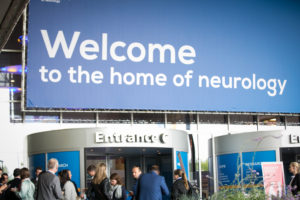 Memories from the 3rd EAN Congress in Amsterdam
find yourself, a colleague or a friend in the
Amsterdam photo-gallery
Memories from the 3rd EAN Congress in Amsterdam
find yourself, a colleague or a friend in the
Amsterdam photo-gallery



 Amsterdam 2017: Memories from the 3rd EAN Congress – view the photo gallery was last modified: July 31st,… Continue Reading
Amsterdam 2017: Memories from the 3rd EAN Congress – view the photo gallery was last modified: July 31st,… Continue Reading -
the understanding or treatment of MS. David B. Vodušek (DBV): Can you tell us about your training and how you ended up looking after neurological patients with MS and pursuing research in MS? Per Soelberg Sorensen (PSS): When I was a young doctor, I was fascinated by neurology because of the way the neurologist would deduct where the lesion in the nervous system was located based on the history and objective examination. This was before the appearance of scanners.
-
Paper of the MonthFeatured Slider
Paper of the month: Deutetrabenazine is effective in tardive dyskinesia
July 7, 2017For July 2017, we have selected: Fernandez HH, Factor SA, Hauser RA, et al. Randomized controlled trial of deutetrabenazine for tardive dyskinesia. Neurology 2017;88:2003-2010. Tardive dyskinesia (TD) is a relatively frequent complication of antipsychotic treatment. TD can be observed in any part of the body, can be very disabling, and often persists even after stopping the causative medication. -
EAN Congress newsTop ArticlesFeatured Slider
Queen Máxima visits Congress of the European Academy of Neurology
June 26, 2017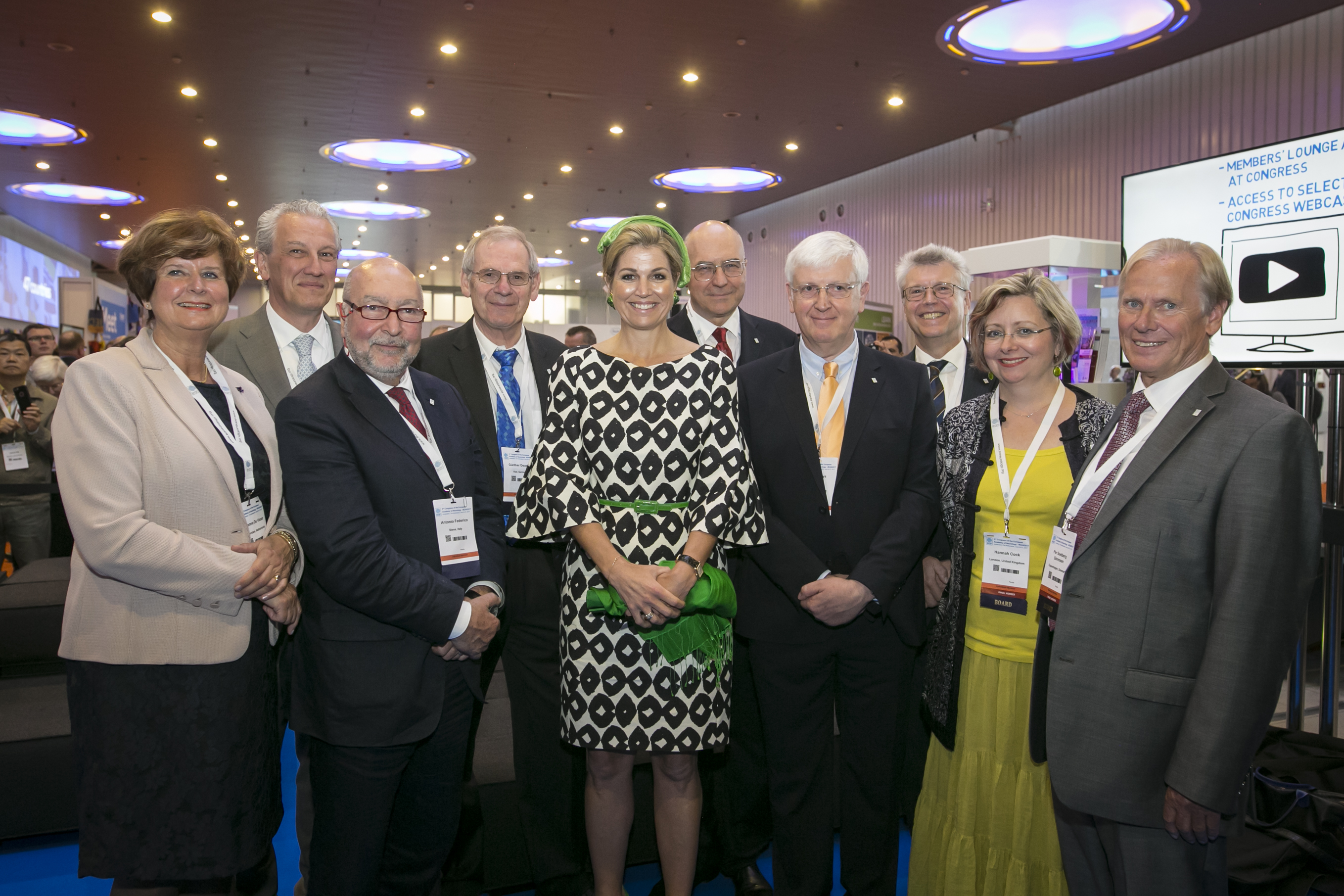 Amsterdam, 26 June 2017 – The Congress of the European Academy of Neurology (EAN) in Amsterdam received a royal visit today: H.M. Queen Máxima of the Netherlands attended the major scientific event at RAI Amsterdam, in which over 6,000 people… Continue Reading
Amsterdam, 26 June 2017 – The Congress of the European Academy of Neurology (EAN) in Amsterdam received a royal visit today: H.M. Queen Máxima of the Netherlands attended the major scientific event at RAI Amsterdam, in which over 6,000 people… Continue Reading -
EAN Congress newsFeatured Slider
Amsterdam 2017: Report on Plenary Symposium 2 “Presidential Symposium”
June 25, 2017Plenary Symposium 2: Presidential Symposium Main Auditorium, Sunday, June 25, 2017, 10:00-12:00 Chairperson Günther Deuschl, Kiel, Germany
Selma C Tromp, Nieuwegein, The Netherlands Moritz Romberg Lecture – Epilepsy: Where do we stand? Where are we headed?
Christian E. Elger, Bonn,… Continue Reading -
Executive PageFeatured Slider
Join the 3rd Congress of the European Academy of Neurology
June 1, 2017The European Academy of Neurology is announcing its third congress from June 24th- June 27th at the RAI Congress Center in Amsterdam. We are expecting more than 6000 neurologists from Europe and all over the world for this outstanding annual event. The programme and the education committee of the EAN worked hard to create a program which will present cutting edge science and first class education for the general neurologist. The purpose is to present excellence in neurology and when the participants leave the congress they will know all about the current status and the important news in our field. -
The Kingdom of the Netherlands, also known as Holland, has been densely populated from medieval times with the largest part of the population living in cities. Amongst these are many well-preserved gems like the university town of Leiden, where Rembrandt van Rijn was borne, Haarlem, the city of Frans Hals, the cheese town Alkmaar in the north, the Hansa town of Deventer in the east, the astute university city of Groningen in the north and Maastricht, the capital of the province of Limburg.
-
Paper of the MonthFeatured Slider
Paper of the month: Never too late to improve post-stroke aphasia?
June 1, 2017For June 2017, we have selected: Breitenstein C, Flöel A, Ziegler W, et al., for the FCET2EC study group. Intensive speech and language therapy in patients with chronic aphasia after stroke: a randomized, open-label, blinded-endpoint, controlled trial in health-care setting. Lancet Neurol 2017;389:1528-1538. Speech and language impairments are among the most disabling symptoms after a stroke. Patients with aphasia persisting 6 months (chronic aphasia) after a stroke are not infrequent (20%). Hence, the social and economic impact of chronic aphasia is substantial. -
Executive PageFeatured Slider
President’s Page: ICD 11 will finally classify stroke as a neurological disease
May 1, 2017The revision of the International Classification of Diseases (ICD) is a highly complicated process handled by experts in statistics at the WHO in Geneva. The influence of Neurological Societies onto the creation of a revision is through the accredited Societies which are for Neurology and Stroke the World Federation of Neurology (WFN) and the World Stroke Organisation (WSO). They are working within the Topic Advisory Group Neurology (TAGN) and can only make recommendations to the experts. April 2011 the TAGN advised to shift the section “Cerebrovascular diseases” covering all types of stroke from the “Diseases of the circulatory system” class (as it is in ICD-10) into the “Diseases of the nervous system” class (as it proposed in the draft ICD-11). This corresponds to a change of the statistical and legal placement of stroke from Internal Medicine to Neurology. This was then executed accordingly 5 years ago and stroke went under the neurological diseases (08) in the beta-version of the ICD-11. Neurologists all over the world agreed with this decision.
